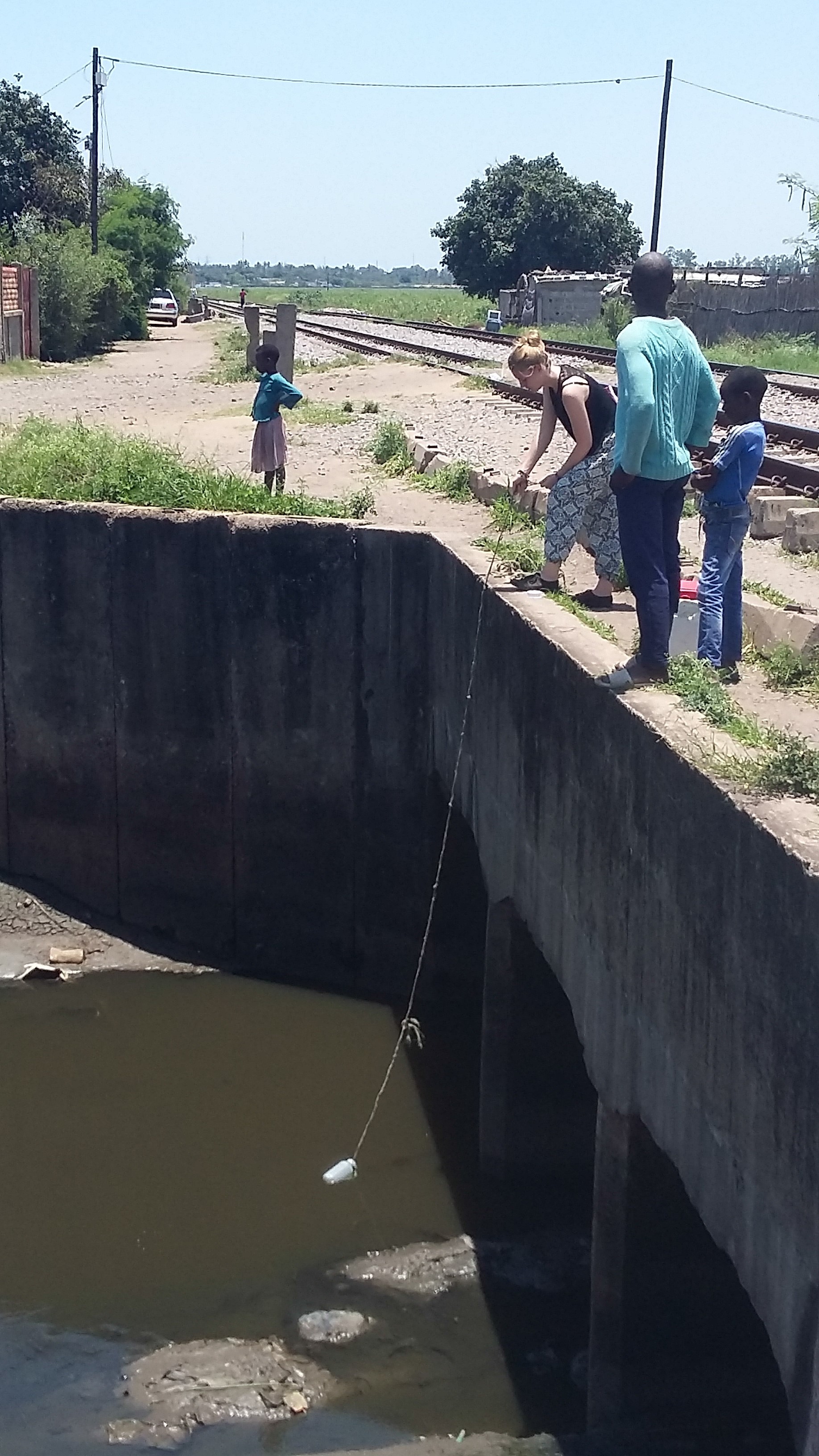Use of reclaimed water to cool a power plant in Maputo, Mozambique
For my self-composed minor, I was lucky enough to be allowed to go to Maputo, the capital city of Mozambique for ten weeks. Here, under the supervision of Noor Gulamussen and Luuk Rietveld, I did a research project on the use of reclaimed water to cool a power plant stationed in Maputo.
In Mozambique, only 34% of the population has access to electricity, hence the need of a thermal power plant in Maputo. In order to be as efficient as possible, the power plant must have a good cooling system. Maputo suffers from freshwater shortages meaning it is not advised to use the already limited drinking water to cool the power plant. This leaves another viable source: reclaimed water.
I started by comparing two systems. A treatment system located by the current waste water treatment plant which would treat the water and bring it to the power plant through a pipeline. And a second treatment system downstream of the river Influene, close to the power plant, that would treat the river water there.
In my first week I visited the waste water treatment plant de Influene. Here, I saw in which state the waste water treatment plant was and what extra measures must be taken to get the reclaimed water to a good enough quality. As I still didn’t know the water quality downstream, I did three tests. I measured the hardness, the pH and the salinity of the water. The most useful information I got from these tests, is that there is salt intrusion downstream due to the bay. This means that a water treatment system downstream would need a desalination step.
The next step was to compare different treatment techniques by the hand of a multi criteria analysis. The factors being compared were: costs, land use, efficiency, complexity and maintainability. In the end the best treatment option was found to be one downstream which included a trickling filter followed by a reverse osmosis plant.
For the cost estimation I firstly designed the treatment system. I knew that it had to be designed for a flow of 30m3/ hour. Using formulas I had learned during Introduction to water treatment and extra literature I was able to design the treatment steps. The final step was to estimate the costs. These costs included building costs, operating costs and maintenance costs. These were all found through literature values.
The final objective was to evaluate possible investors that could be interested in this project. For this different stakeholders were interviewed. The general thought that was mentioned by all the stakeholders is that they believe that using reclaimed water is essential. The DNA wanted to invest in terms of laws and regulations while the Group Pin was interested in investing economically in the project.
What I found from my research was that the treatment setup I suggested was slightly more expensive than using drinking water to cool the power plant. However, I believe this gap can be bridged by the different partnerships evaluated.
I am very grateful I was able to research this all in Maputo. The ten weeks allowed me to really get to know this different culture. Living in a student building allowed me to meet a lot of local students who showed me many special places in Maputo. During the Christmas break and weekends I had the opportunity to travel around the Southern part of Mozambique and Kruger Park. This as well was a truly amazing experience.
